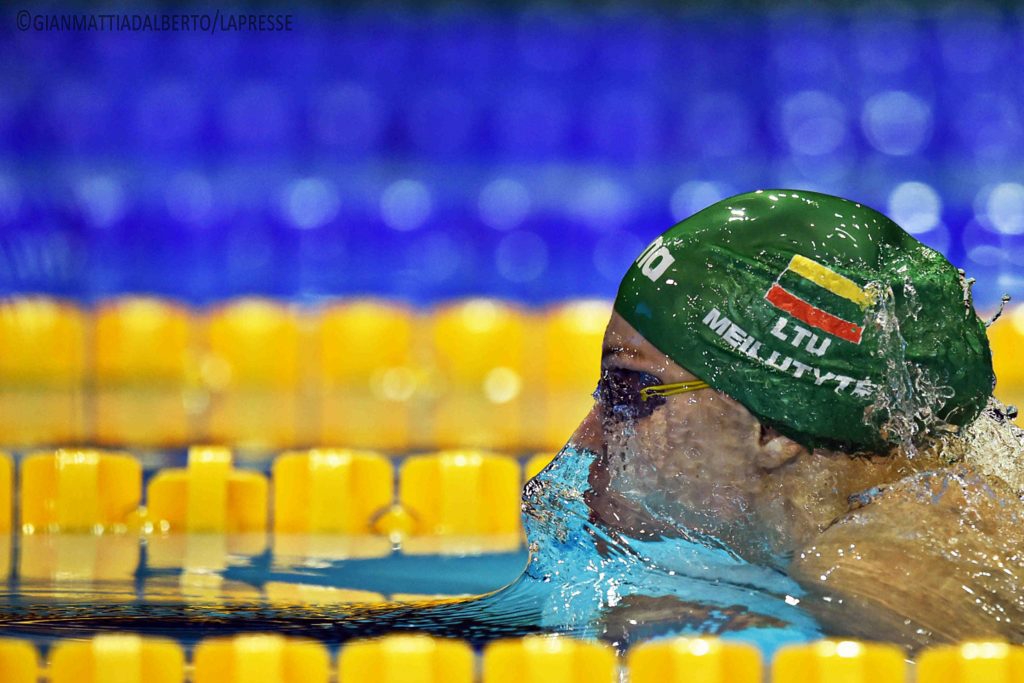The first thing to recognize with breaststroke, is that is it’s the slowest of the four strokes and the least efficient. It is the stroke in which you are most likely to stop and start, rather than flow continuously. It also has the highest amount of resistance and the one with the least efficient use of the way our levers are designed to work, biomechanically, the least efficient. So we have a problem, breaststroke isn’t designed to be fast.
The thing we have to ask ourselves, is not how can we get faster, but how we can be less slow. These are not necessarily the same thing.
Many coaches get it wrong with the thinking of how to increase propulsion, whereas the starting point in my opinion, should be how to reduce resistance.
The first thing all breaststrokers should consider, is that every time a part of your body pokes outside of your bodyline, you are potentially slowing yourself down. If you are going to do this, you have to do it in the narrowest way possible, in other words, the least outside of your body cylinder as possible, for the shortest amount of time. For example, when you are drawing your heels up to start a breaststroke kick, it’s really important to not let your knees get pulled underneath your body, it is the most natural instinct to bring your heels up to your bottom and pull your thighs underneath you, but the moment they are beneath you, you increase your frontal resistance hugely. It is important to find ways of getting in to the propulsive stages of the stroke without increasing that resistance.
The second factor is not how good we are at pulling or at kicking but rather how we can work the two in synergy. There are swimmers out there, and I’ve coached a few, who are fantastic at pulling and fantastic at kicking but who are very average at breaststroke. The problem is that they work the two as separate engines rather than working as one process.
Ruta has it just right most of the time. Evidence tells us from biomechanical data, that she is only one in a few world class swimmers that have no ‘dead spots’, she swims in a constant flow. This is because she has the crossover between the end of the pull and the beginning of the kick, and the end of the kick and the beginning of the pull to work as one.
Many people believe that breaststroke is the hardest stroke to coach, as a coach can struggle to express how this crossover should flow, but so much responsibility is put on the athlete and their ability to feel it.
Daniel, Adam, Cameron and Ruta all possess the ability to feel and to have this flow. They all have power, strength and huge engines that allow them to continue going for long periods of time, with a smooth, somewhat elegant flow. For someone looking to improve their speed, yes, you can get better at pulling and yes, you can improve with your kick but unless you can get them to work in tandem, it’s very much a case of diminishing returns.
